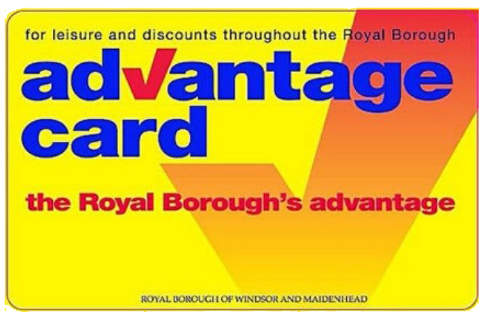Walking to improve your health
Posted on 29th March 2023 at 17:27
Walking the Thames path in Maidenhead or around North Town Moor is a great way to get some air and exercise locally in Maidenhead ....with springtime here...why not try some new walks locally?
We asked Osteopath Robin Lansman from BODYBACKUP osteopathy in Maidenhead North Town area give us his top tips on walking for overall midlife health and fitness:
Many of our patient's walk locally on the National Trust Land locally! Did you do them all today?I mean…. all 10,000 steps to keep you fit? After all you've got the trainers and the fitness tracker, so really there should be no excuses right?!
But is it really necessary to do all 10,000 steps? And if you are aiming for 10,000 steps how can you make those steps work for you, enhance your health and wellbeing and even keep the natural ageing process a little under your control?
We asked guest blogger and Maidenehead Osteopath for over 30 years, Robin Lansman AHP to give us his top tips on walking for overall midlife health and fitness:
Walking has many benefits
The appeal of walking is that it can ideally fit into the daily lifestyle of most of us. Walking is achievable around the juggle of many different responsibilities and the lack of time to get to the gym.
Walking has been shown to improve mental health as well as circulation and digestion. It can also help keep bones strong too when osteoporosis can be a RISK for some.
Walking isn't only about 'how far', in terms of foot-steps. Quality also counts and helps to prevent injury and wear to the foot bones, ankles and knees.
Shin splints and plantar fasciitis pain in the sole of the foot can be disabling, so it's important to keep this in mind too when you are walking for long periods. Warming up and down are very important in injury prevention. Make sure you gradually open your stride to help to regulate this. Brisk walking means shorter bursts of about 10 minutes at higher intensity. This variation in pace is seen as very beneficial over simply walking further, for longer.
That's because more time means more impact to your body that can ultimately increase stiffness in your legs. So keeping flexible is really important as well as keeping strong.
Use walking as a form of meditation, since that also has benefits for thefor the mind and body. It's not about speed but rhythm. Music or no music it is up to you!
Getting ready to walk
The main benefit of walking is that it's totally free and you can start at any time. That said, you might want to take a little time to get prepared to make your walks more effective, safe and fun too.
Footwear should really be a 'walking trainer' and perhaps waterproof too. That way you're prepared for all weathers so you have no excuses not to get out there rain or shine!
Don't be tempted just to put on your running or gym trainers for a walk either. Many walking trainers are light weight and work ideally with the 'heel- toe' walking gait, which is so different to jogging or running. The sole of running or gym trainers as well as the upper construction, is often thinner and flexible but not made for hours on your feet.
If you're keen to measure your steps and activity levels there are so many apps and wearables these days. The best thing to do is try a few and find one that is simple and easy to use. My favourite - and the one I use - is the Active10 app. It's free from Public Health England and works with most smartphones. It’s so easy to set up and measures and graphs clearly, your brisk walks and less speedy ones too. The app provides daily, weekly and monthly bar chart reports, you can clearly see when you need to get out more often and also when to pick up the pace. The app emails also come through encouraging you or even reminding you of what you have achieved. And best of all, its totally free.
Injuries and walking
If pain or deep stiffness has been an issue for you, it is worth seeking some simple advice to assess your walking mechanics. It is not a good plan to try to 'Walk it off' if you are concerned you have an injury or may have arthritic wear and tear. Get a check over and if all is clear or remedial care is needed, then at least you know where you are.
In general it’s best to mix your exercise with floor-based stretches and swimming. Both are off weight bearing, giving your body a complete change.
Think also about extending your walking exercise to engage your upper body too. Walking can become too much about the 'legs' and sharing the effort with the upper body helps balance you out.
A good soak in a hot bath, allows the heat to reach into deep muscles and enhances the blood flow. Indian tonic water (without the Gin) can also help reduce cramps too if you suffer. The Quinine helps relax blood vessels in the limbs. A glass before bed can do the trick.
Walking is overall a great way to keep well and look after yourself! But ultimately, my advice is to not stress about getting in the perfect 10,000 steps! Let's go for quality over quantity.
Body Back Up are a team of osteopaths with clinics in West Hampstead, London NW3 and Maidenhead. They treat a wide range of problems from sports injuries to back pain, sciatica and scoliosis, and help people make adjustments to their work, lifestyle or sports training. To find out more visit the website https://www.bodybackup.co.uk/
This content will only be shown when viewing the full post. Click on this text to edit it.
Share this post:

